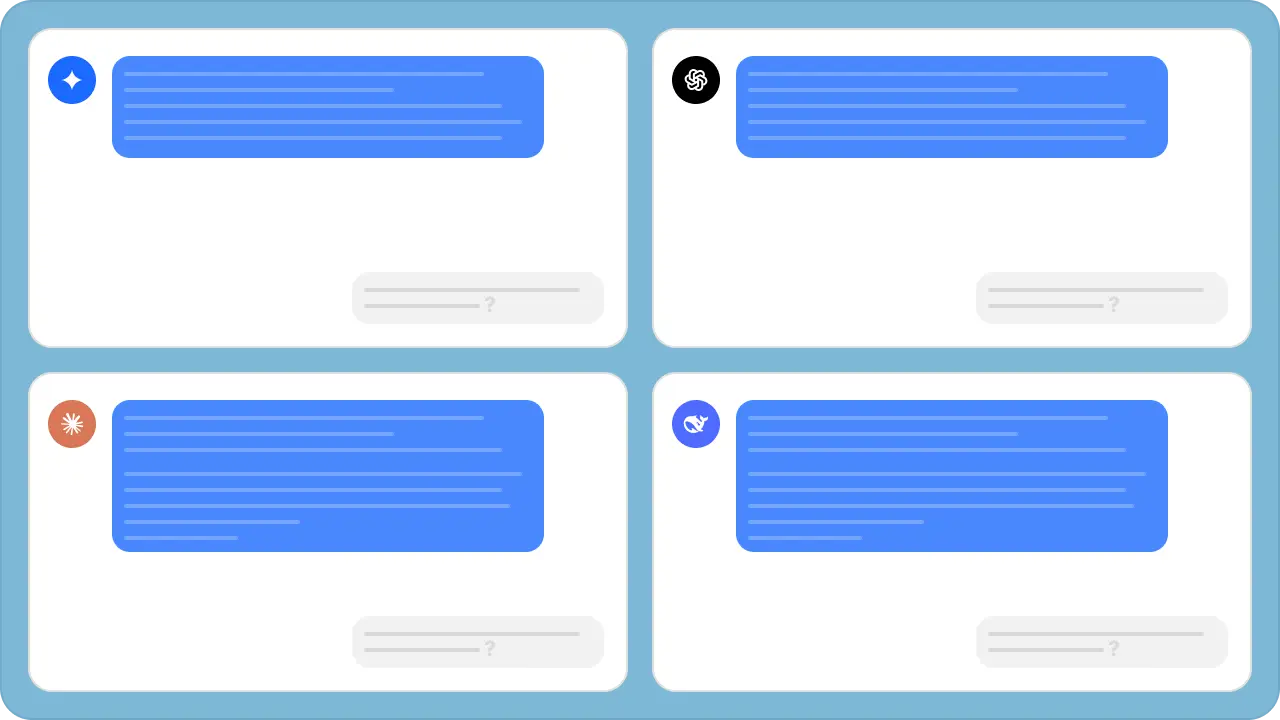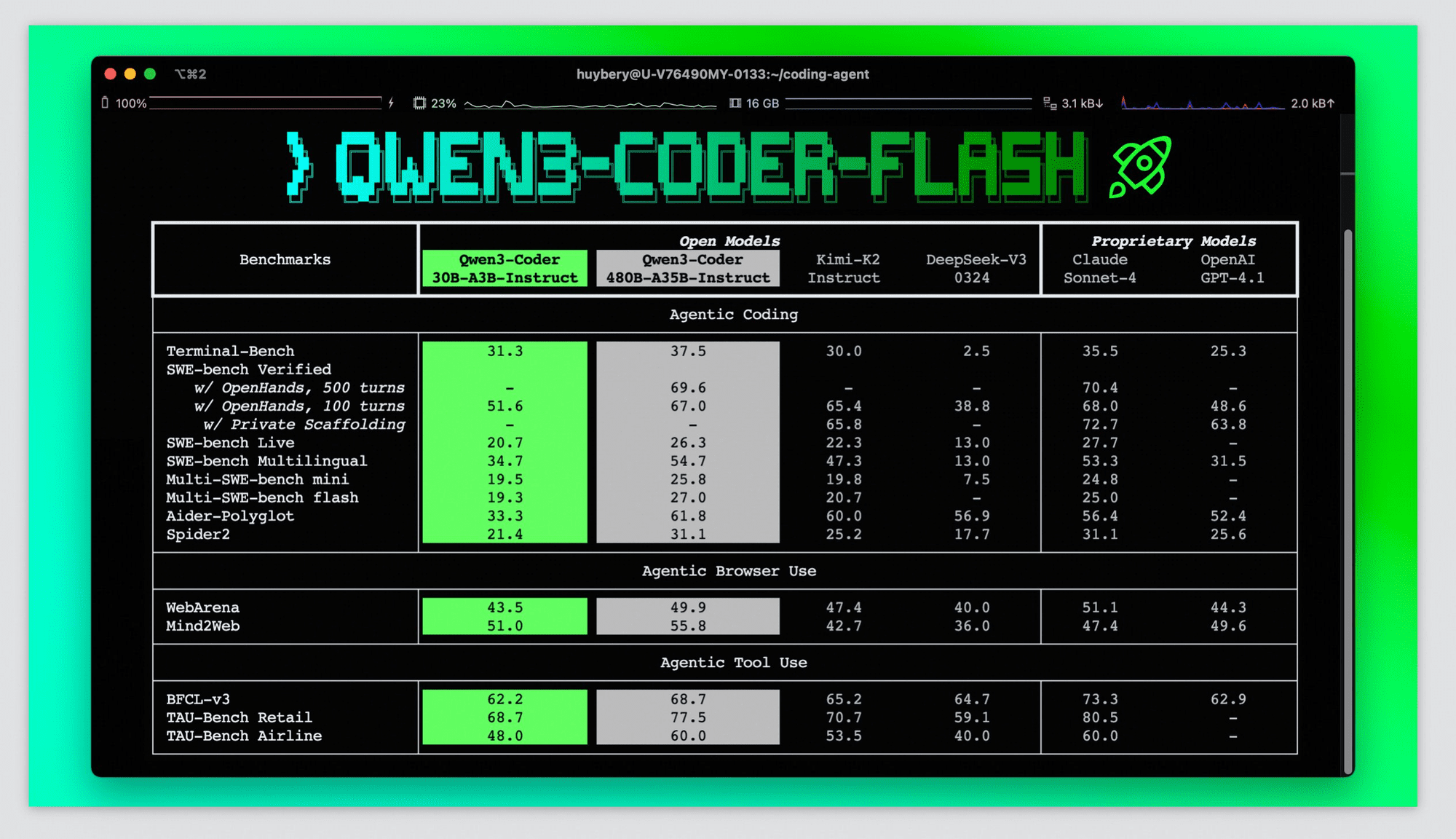The rapid emergence of AI tools presents both an opportunity and a challenge for creators. Keeping pace with the latest developments can feel overwhelming, especially when your primary focus as a podcaster is crafting compelling narratives, not constantly evaluating new software. However, ignoring AI means potentially missing out on significant efficiency gains.
AI-powered tools can automate laborious tasks like transcription, audio enhancement, social media clip creation, and research summarization. Leveraging these capabilities allows you to dedicate more time to the creative aspects of podcasting.
This guide explores six AI tools designed to make your podcast production workflow faster, smoother, and more efficient.

Descript: End-to-End AI-Powered Podcasting
Best For: Creators seeking a comprehensive production suite with integrated AI features covering recording, editing, and promotion.
Price: Free tier available; advanced AI features require Hobbyist ($12/month) or Creator ($24/month) plans.
While many specialized AI tools excel at specific tasks, managing multiple applications involves cumbersome file transfers and potentially several subscriptions. Descript distinguishes itself by integrating numerous AI capabilities into a single platform, streamlining the entire podcasting process. The platform curates and incorporates AI functionalities deemed most beneficial for creators, often evaluating multiple options to select the best-performing tool for a given task.
Descript’s AI assistant, Underlord, powers many key features:
- AI Transcription: Utilizes OpenAI’s Whisper for rapid and accurate transcription. Unique editing workflow allows manipulating audio by editing the transcribed text.
- Studio Sound: An AI-driven audio enhancement feature that cleans up recordings, removing background noise and improving clarity, even for audio captured in suboptimal conditions or with basic equipment like an iPhone.
- Regenerate: Leverages generative AI, building on Descript’s early adoption of AI voice cloning (introduced in 2018). This feature can regenerate segments of speech to correct tonal inconsistencies or remove sudden background noises.
- Filler Word Removal: Automatically identifies and removes common filler words (“um,” “uh,” “like,” “you know”) from unscripted recordings with just a few clicks.
- Edit for Clarity: Analyzes unscripted content to identify and remove rambling sections or deviations from the main topic, allowing for review before final cuts.
- Remove Retakes: For scripted podcasts, this AI feature efficiently identifies and removes redundant takes, keeping only the best version.
- Automatic Multicam Editing: Simplifies video podcast editing by automatically switching camera focus to the active speaker. It includes options for cutting to non-speakers during long monologues.
- AI Clip Creation: Identifies segments with high potential for social media engagement, automatically creates clips, and prepares them for easy formatting and posting.
Usage Tip: Employ Descript for the entire workflow—recording, editing, and publishing—to maximize efficiency within a single application.
Getting Started: Import existing recordings or record directly within Descript. Transcription begins automatically, enabling text-based editing shortly after.
Suno: AI Music Generation for Podcasters
Best For: Creating background music, intro/outro themes, and experimenting with musical ideas quickly.
Price: Free tier (10 songs/day, non-commercial use); Pro Plan ($10/month for 2,500 credits).
Finding suitable music for podcasts can be challenging. Suno offers an AI-driven solution, generating complete songs based on simple text prompts. Users can specify mood, genre, era, instruments, and even provide lyrics or a theme. Suno can also create instrumental tracks or generate music based on uploaded audio samples. The platform typically produces two variations of a song (around three minutes long) in under two minutes, with options to extend the track.
While capable of producing surprisingly good results for common genres (e.g., generating progressive metal with power chords and solos based on a prompt), Suno performs best when creating background music or standard themes rather than highly unique compositions. It may struggle with requests for obscure genres or complex creative directions. It serves as a valuable tool for generating professional-sounding, brand-aligned music efficiently, but may not replace human composers for projects requiring exceptional originality.
When to Use: Ideal for generating mood-setting background music or standard themes where originality isn’t the primary requirement.
When Not to Use: If a truly distinctive, standout musical piece is needed, commissioning a composer or licensing existing music remains preferable.
Getting Started: Provide Suno with a topic, description, or lyrics to initiate the music generation process.
Whisper: High-Accuracy Speech-to-Text
Best For: Transcribing and translating spoken audio content, particularly in English.
Price: Free (via OpenAI API or integrated into tools like Descript).
Manual transcription is notoriously time-consuming. Whisper, OpenAI’s open-source automatic speech recognition (ASR) system, offers a powerful alternative. Trained on 680,000 hours of diverse, multilingual audio data, Whisper excels at converting speech to text accurately. Its integration into various platforms, including Descript, makes it widely accessible. Whisper simultaneously performs several tasks:
- Language Identification: Detects the spoken language from its dataset of nearly 100 languages.
- Transcription: Converts speech to text in 96 languages.
- Translation to English: Translates speech from supported languages directly into English.
- Voice Activity Detection: Identifies segments of audio containing speech versus silence or noise.
- Timestamping: Automatically adds timestamps to the transcribed text.
Whisper processes audio in 30-second segments, utilizing context from previous transcriptions to enhance accuracy and consistency. Its training on “messy” real-world data (including various accents, background noise, and technical terms) contributes to its robustness. However, accuracy can vary depending on the language; performance is strongest for languages like Spanish, Italian, English, and Japanese, among others with low Word Error Rates on benchmarks like FLEURS.
Usage Tip: Whisper is particularly effective for tasks involving English transcription and translation.
When Not to Use: For less common languages or dialects where accuracy might be lower, specialized tools or human translators may be necessary.
Getting Started: Access Whisper’s capabilities through integrated platforms like Descript or via its API.
Auphonic: Automated Audio Post-Production
Best For: Automating audio cleanup tasks like leveling, noise reduction, and silence removal.
Price: Free (up to 2 hours/month); Paid plans start at $11/month for 9 hours.
For podcasters needing quick audio improvements without delving into complex editing software, Auphonic provides AI-powered tools for automated post-production. Similar to Descript’s Studio Sound, Auphonic features an intelligent leveler to balance speaker volumes and adjust music levels relative to speech. Its filtering tools enhance audio quality, even for recordings with multiple speakers.
Auphonic effectively removes common audio distractions such as ambient noise, static, breath sounds, and mouth clicks. It also automatically cuts silence, long pauses, and filler words, contributing to a more polished final product. Its reverb reduction capability is a particularly valuable feature. A key strength lies in its automation potential; users can define presets and apply algorithms automatically, for example, by setting up watch folders on cloud storage services (Dropbox, Google Drive) or SFTP servers to process newly added files. Integration with Zapier allows for more complex workflow automation. While Auphonic provides a strong starting point for audio enhancement, further manual editing might still be required.
Usage Tip: Often used for applying a final polish to episodes that have already undergone initial editing.
When Not to Use: Auphonic’s algorithms are primarily optimized for speech; they might struggle with audio segments containing significant amounts of music or complex intro/outro sequences.
Getting Started: Upload your audio file directly to the Auphonic web application to begin processing.
NotebookLM: AI-Powered Research Assistance
Best For: Summarizing, analyzing, and extracting insights from research materials (documents, web pages, transcripts).
Price: Free tier available; upgrades for more capacity via Google One AI Premium.
Podcasters dealing with extensive research can leverage NotebookLM (from Google Labs) to efficiently process information. This AI tool allows users to upload various source materials—including Google Docs, Slides, PDFs, text files, website URLs, YouTube video URLs (using transcripts), and audio files (which it transcribes)—and interact with them using prompts. It goes beyond simple keyword search, aiming to provide synthesized insights, summaries, and answers to specific questions based on the provided sources.
A notable feature is the “audio overview,” which can generate a podcast-style summary of the source documents. This allows for auditory consumption of dense material. Recent updates include an interactive mode where users can “join” the generated audio conversation to ask questions or steer the discussion. While useful, the quality of audio overviews can depend on document length; optimal results are often achieved with sources around 20-40 pages. Very long documents might result in overly selective summaries, while very short ones can lead to repetition. NotebookLM can handle multiple sources (up to 50 in the free version, 300 in paid), enabling it to synthesize information across different materials and potentially surface unexpected connections or themes.
Usage Tip: Generate concise audio summaries of research documents or use its cross-document analysis to find connections.
When Not to Use: Its analysis of extremely long, single documents may require supplementary manual review. Optimal use involves either focused analysis of moderately sized sources or synthesizing across many documents.
Getting Started: Upload your source materials (documents, URLs, audio) and use prompts or the audio overview feature to explore the content.
Cleanvoice AI: Templated Audio Cleanup
Best For: Automating specific audio cleanup tasks with customizable templates, especially for multilingual content.
Price: Free trial (30 minutes); Pay-as-you-go and subscription plans starting at $11/month.
Cleanvoice AI focuses on automating common, tedious audio editing tasks. Its core functions include removing background noise, filler words (ums, ahs), mouth sounds (clicks, smacks), and long stretches of silence or dead air. This automation can significantly reduce manual editing time, particularly for cleaning up less-than-ideal recordings.
A key differentiator is its multilingual capability; Cleanvoice AI can detect and remove filler words in over 20 languages, making it valuable for podcasters working with diverse content. It also allows users to create and save custom templates for their preferred settings. This enables tailoring the cleanup process—for instance, preserving natural pauses in conversational podcasts while removing them in more formal productions. Additionally, Cleanvoice AI offers text-based outputs like audio summaries and key takeaways. While many features overlap with tools like Descript, Cleanvoice AI provides timeline export options for integration with other digital audio workstations (DAWs).
Usage Tip: Useful for salvaging problematic audio recordings or applying consistent cleanup settings across multiple episodes using templates.
When Not to Use: If you already use an all-in-one platform like Descript that includes similar features, Cleanvoice AI might be redundant unless its specific multilingual capabilities or templating are crucial.
Getting Started: Upload your audio file and select the desired cleanup options or apply a saved template.
Letting AI Handle the Heavy Lifting
Producing a podcast involves both creative artistry and significant technical effort. Editing audio, sourcing music, transcribing interviews, and organizing research demand considerable time and attention. AI tools offer a powerful way to offload much of this “heavy lifting.” Whether it’s refining audio quality, generating custom music, transcribing content accurately, or condensing research materials, AI can streamline workflows and free up valuable time.
Integrating AI doesn’t require a complete overhaul of your existing process. Start by identifying your most time-consuming production bottleneck and exploring an AI tool designed to address it. Experimenting with even one solution can reveal substantial savings in time and effort, ultimately allowing you to focus more energy on what truly drives your podcast’s success: telling compelling stories. Explore the AI tools directory at Sdigi AI Tools to discover more solutions tailored to your creative needs.
Podcast Production AI Tools: 6 Essential Solutions to Streamline Your Workflow Alternatives
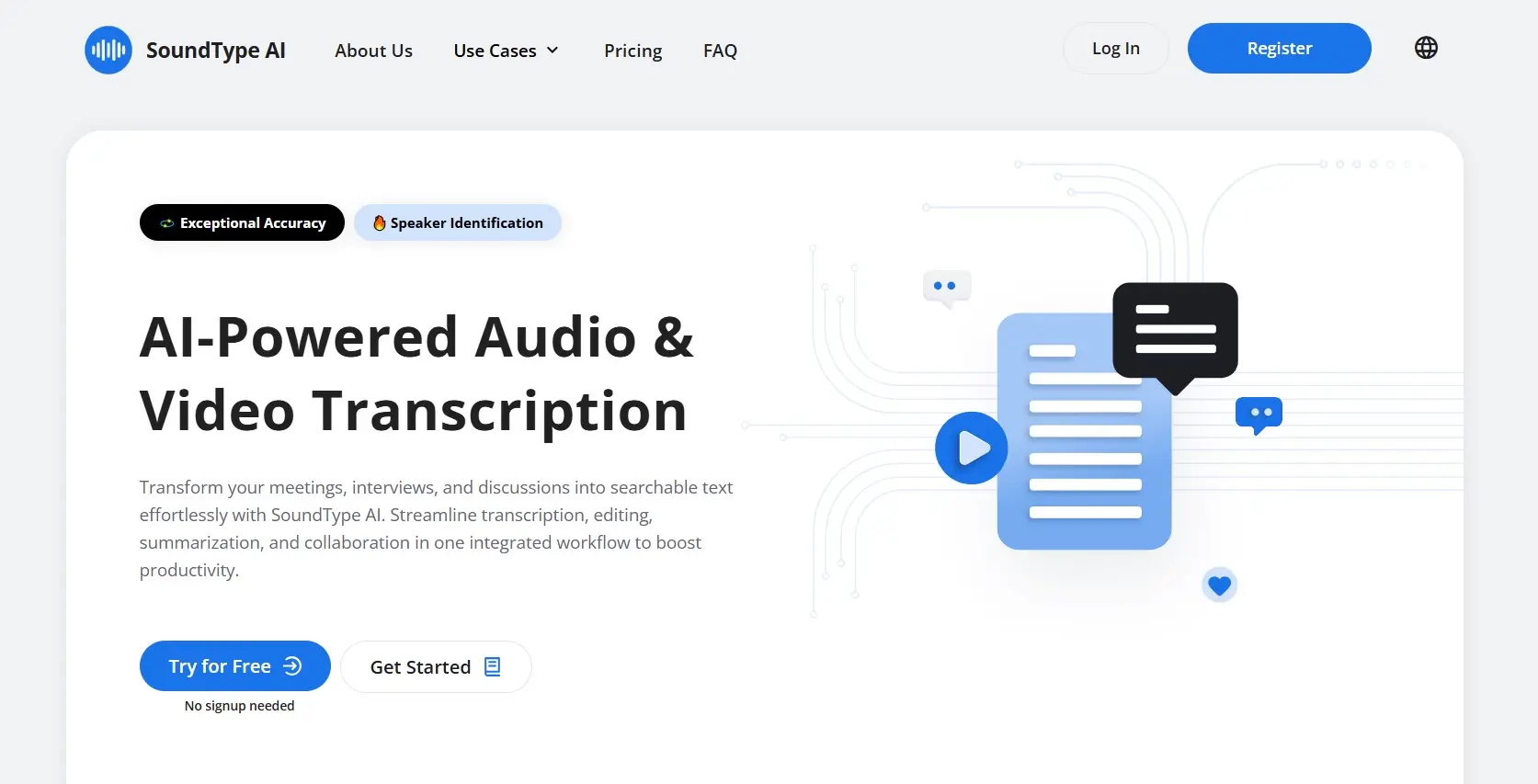
SoundType AI
4.2
SoundType AI Review: What is SoundType AI? SoundType AI Review: SoundType AI excels in transcribing and offers numerous benefits for improving productivity in various situations. What are…
Do you like SoundType AI?
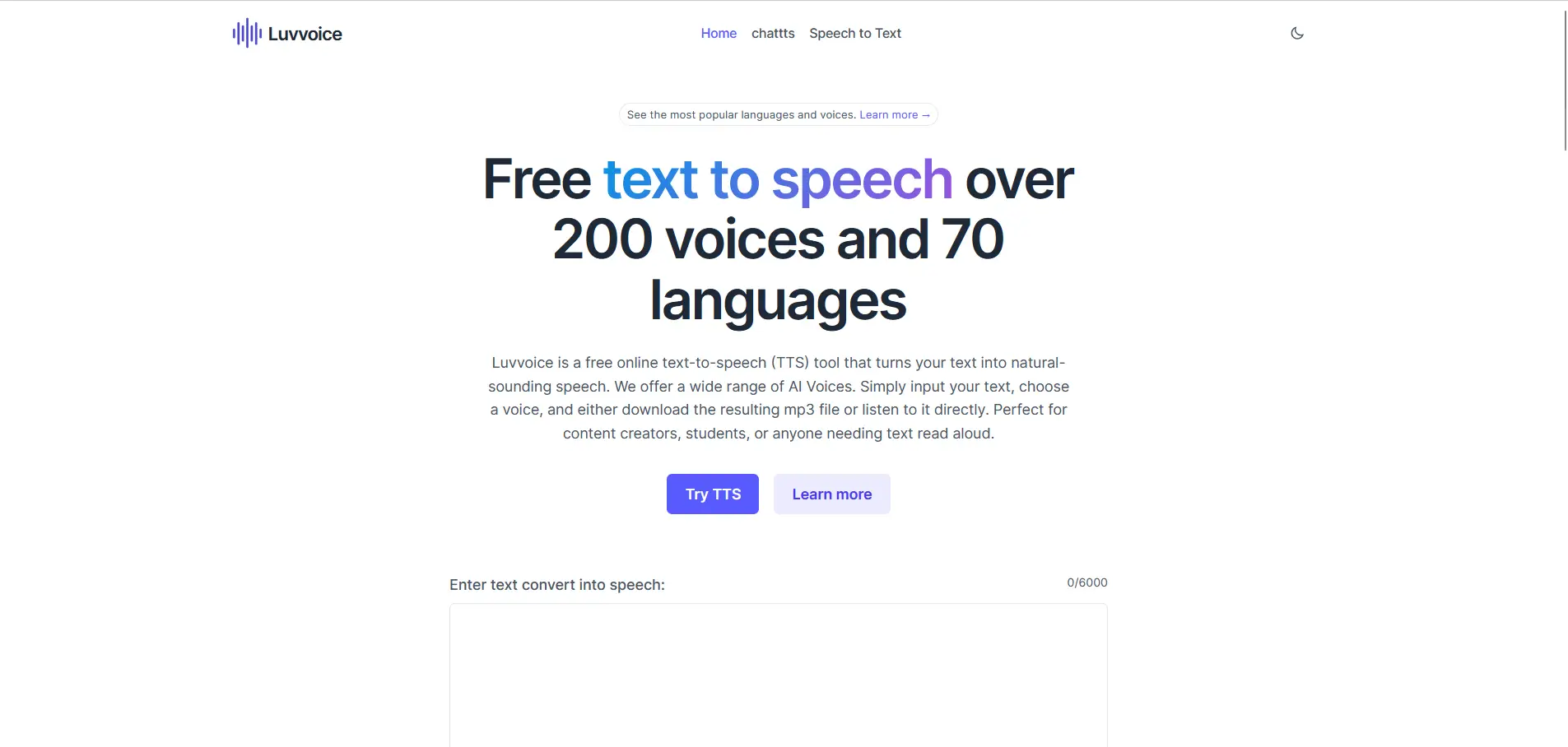
Luvvoice
4
Discover how Luvvoice can transform your text into natural-sounding speech with its free AI-powered text-to-speech tool. Perfect for content creators, educators, and more! Luvvoice Review:…
Do you like Luvvoice?
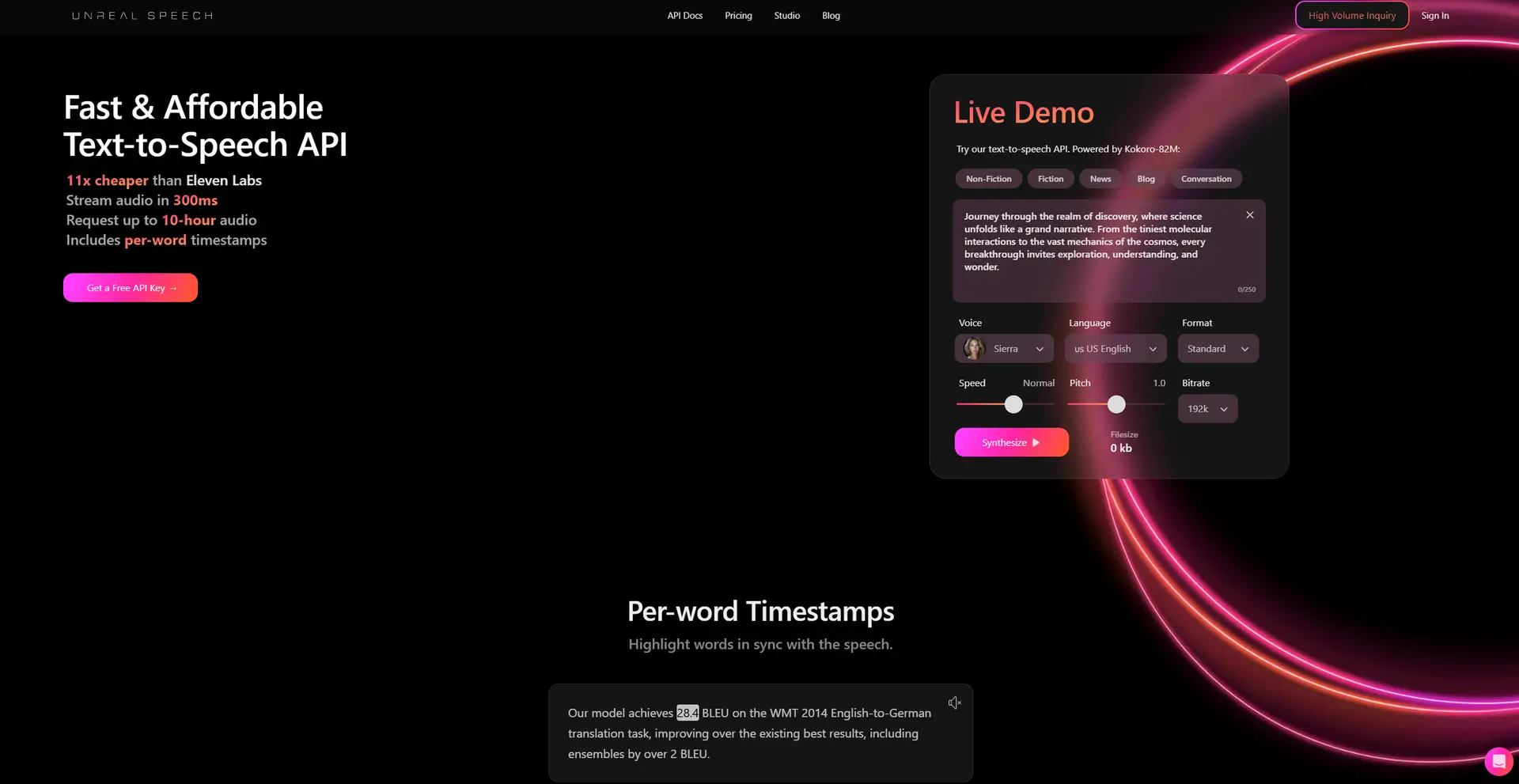
Unreal Speech
4.6
Unreal Speech stands out as a cost-effective text-to-speech solution, reducing costs by up to 90% compared to its competitors. This affordability makes it accessible not…
Do you like Unreal Speech?
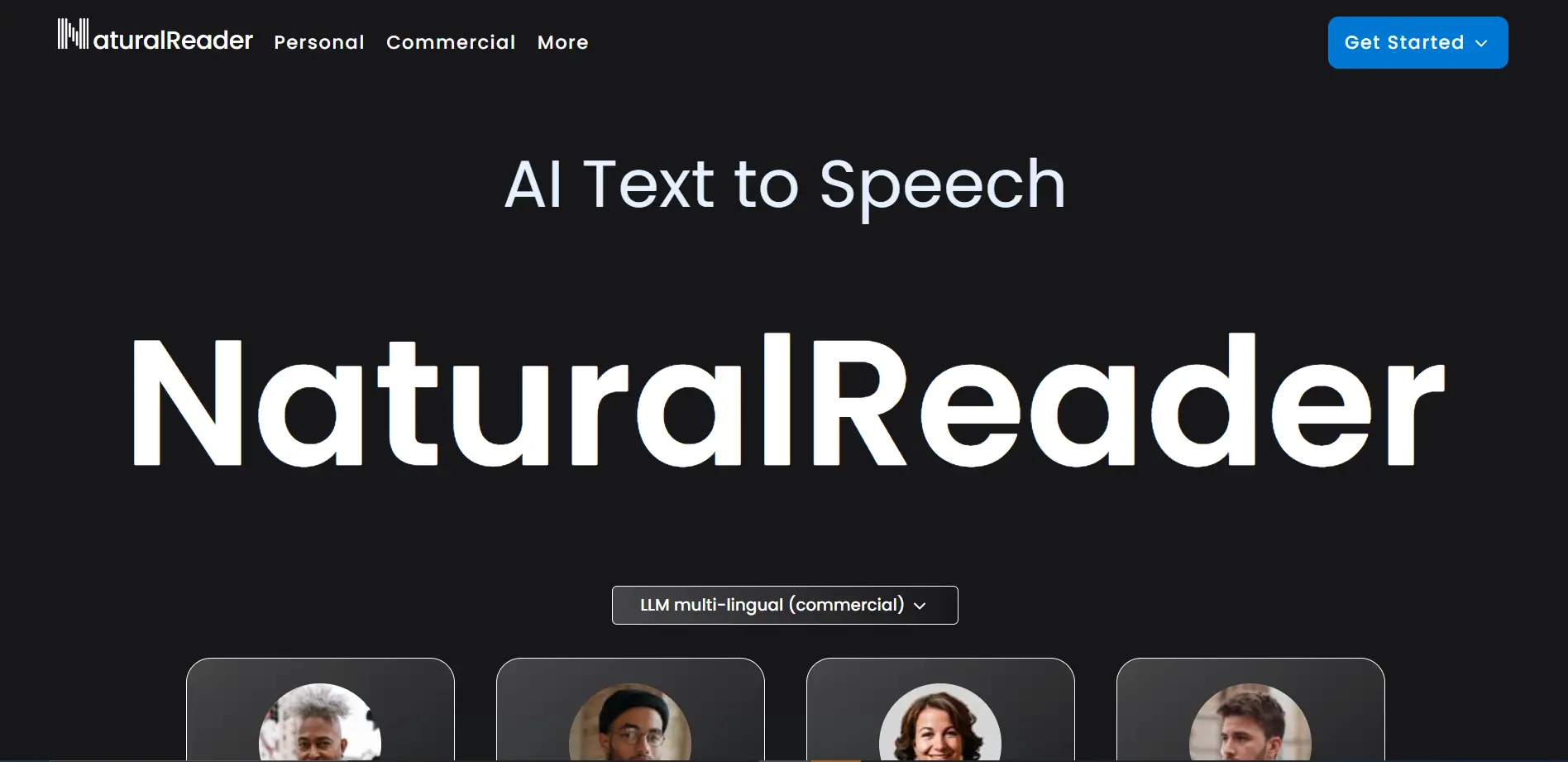
NaturalReaders
4.2
NaturalReaders is an innovative text-to-speech software designed to enhance reading and learning experiences for users of all ages and backgrounds. This tool offers a practical…
Do you like NaturalReaders?
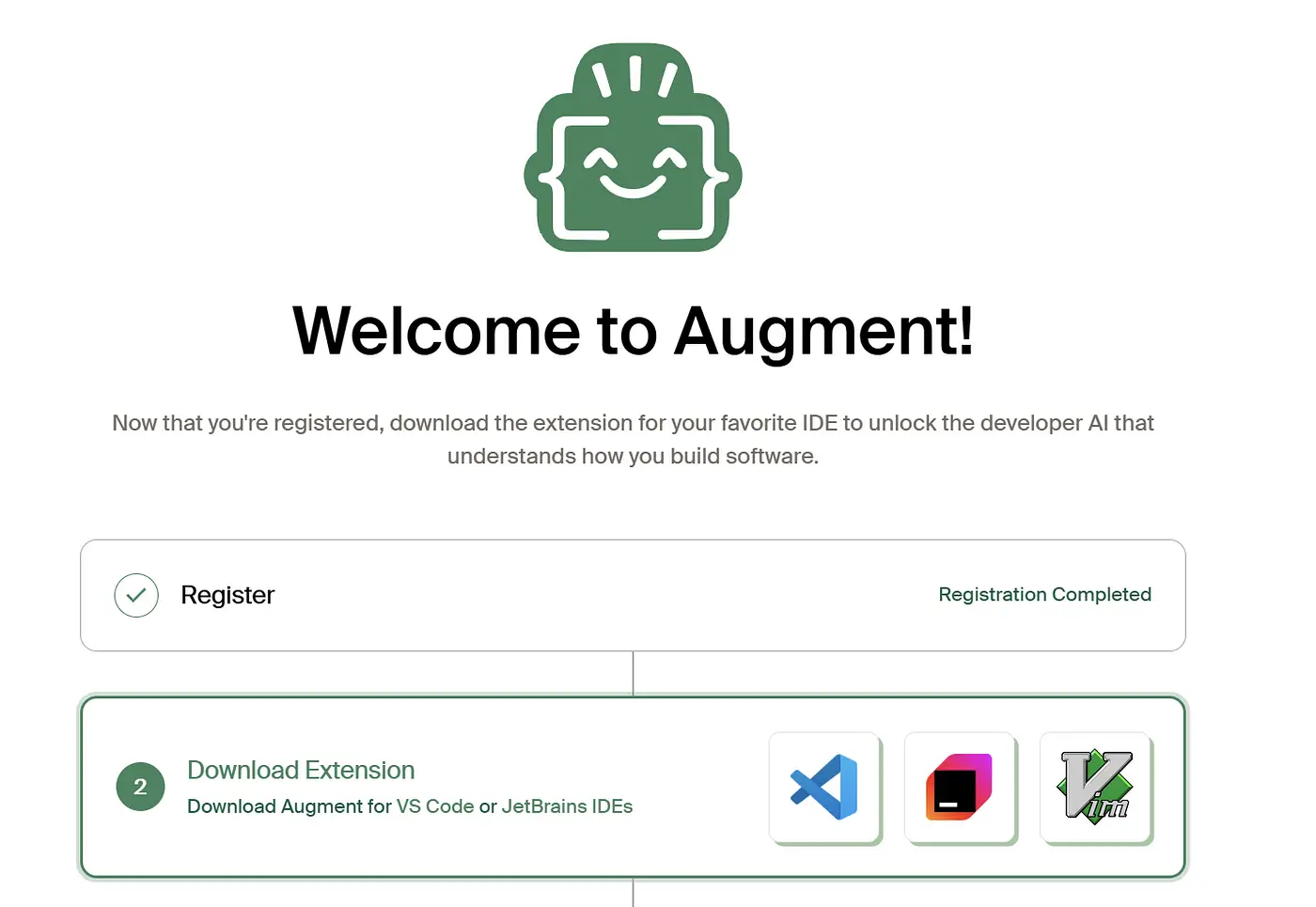
Augment Code
4.4
What is Augment Code Augment Code is an AI-powered coding agent designed specifically for professional software engineers working with large codebases. It integrates seamlessly with…
Do you like Augment Code?
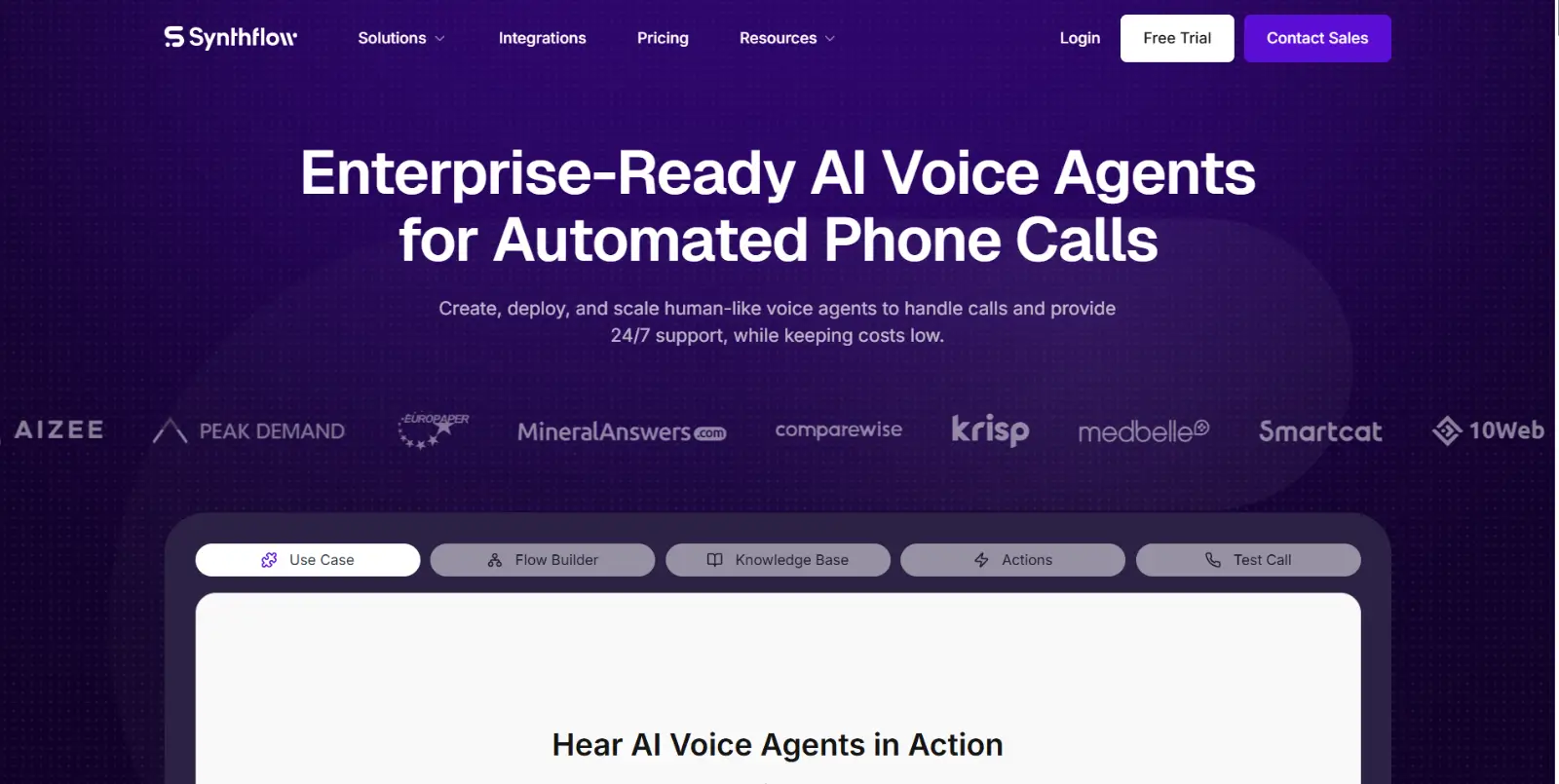
Synthflow AI
4.5
What is Synthflow AI? Synthflow AI is a no-code voice‑AI platform that enables organizations to build and deploy conversational voice agents capable of handling inbound…
Do you like Synthflow AI?

TemPolor
4.2
Tempolor is an innovative AI-driven music generation tool that allows users to create personalized music effortlessly. By transforming text, images, and videos into captivating audio…
Do you like TemPolor?
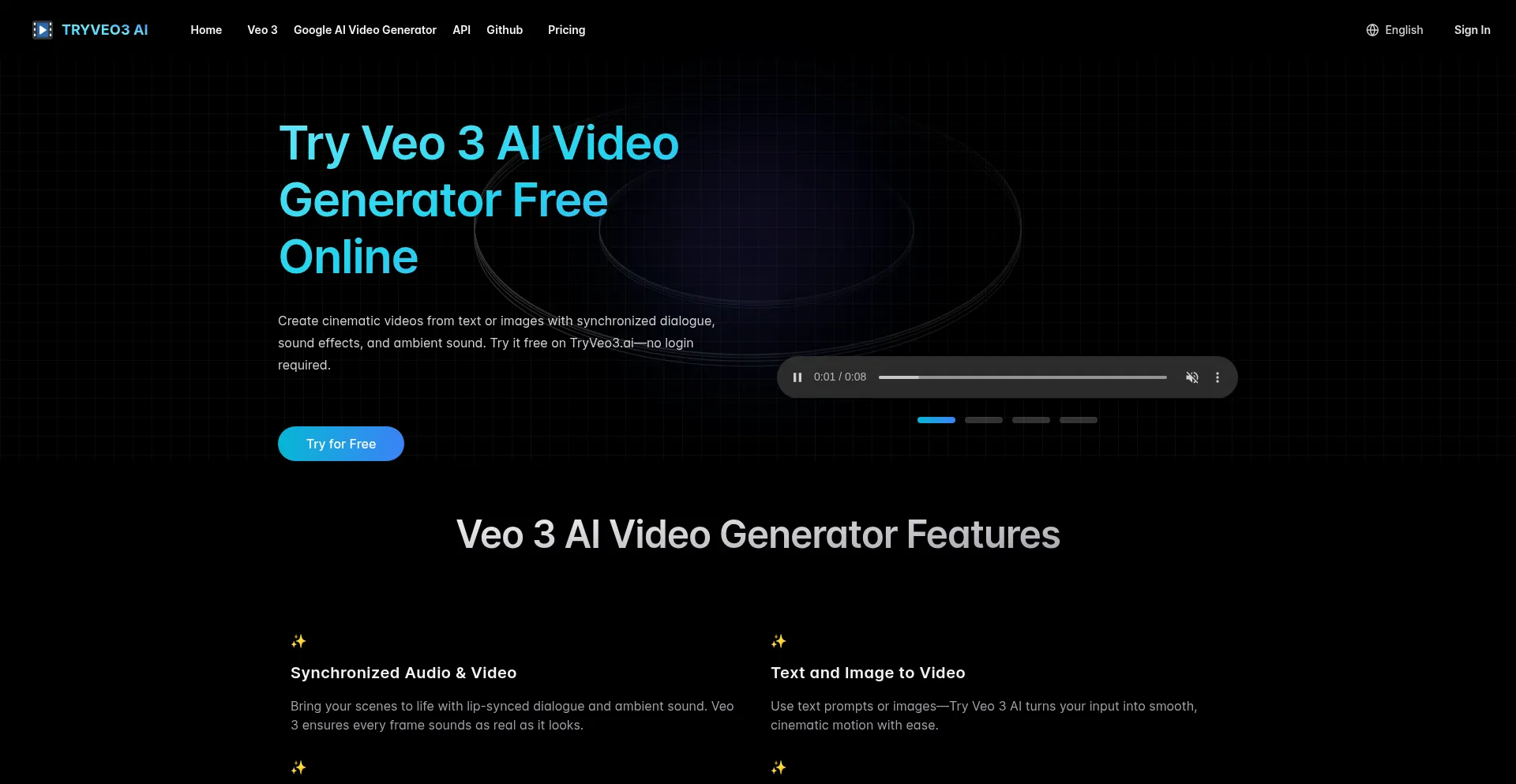
TryVeo3.ai
4.1
What is TryVeo3.ai? TryVeo3.ai is an advanced AI-powered video generation platform that enables users to create high-quality videos from text prompts or images. It leverages…
Do you like TryVeo3.ai?

Dupdub
4
DupDub AI is an all-in-one AI-driven video platform, designed to cater to a wide array of applications including Content Creation, Marketing & Sales, Education &…
Do you like Dupdub?

Galaxy.AI
4
What is Galaxy.ai? The concept behind Galaxy.ai is deceptively simple. It is a unified gateway to over 2,000 AI tools spanning everything from content creation to image…
Do you like Galaxy.AI?




